What Are Nautical Navigation Aids?
Nautical navigation aids, also known as marine navigation aids or aids to navigation (ATONs), are essential tools used to guide vessels safely through coastal and offshore waters. From buoys and beacons to lighthouses and radar systems, these aids help mariners avoid hazards, find safe passages, and reach their destinations efficiently.
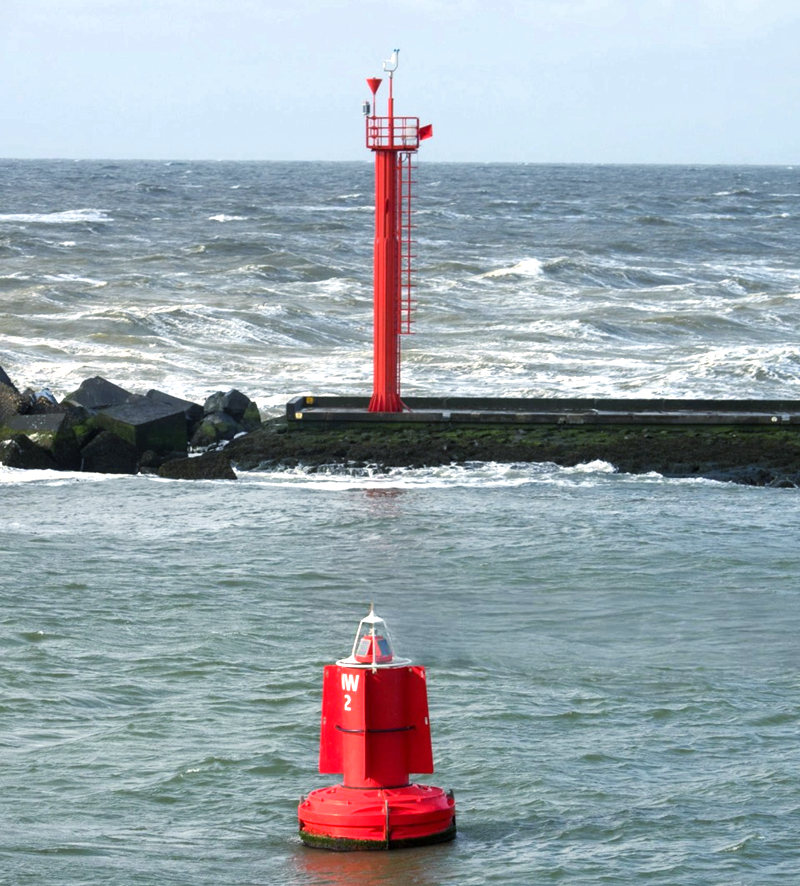
Understanding these navigation systems is critical when managing a busy port, planning a marine infrastructure project, or operating vessels in challenging environments.
Types of Nautical Navigation Aids
Let’s take a closer look at the most common types of navigation aids used at sea:
1) Buoys (Floating Navigation Aids)
- Purpose: Indicate safe channels, mark dangers, or define special areas.
- Types:
- Lateral buoys (port/starboard)
- Cardinal buoys (showing safe water direction)
- Isolated danger buoys
- Safe water buoys
- Special-purpose buoys (for mooring, research, aquaculture)
- Materials: polyethylene, steel, foam-filled plastic
- Common Uses: Harbors, offshore projects, aquaculture boundaries, oil & gas platforms
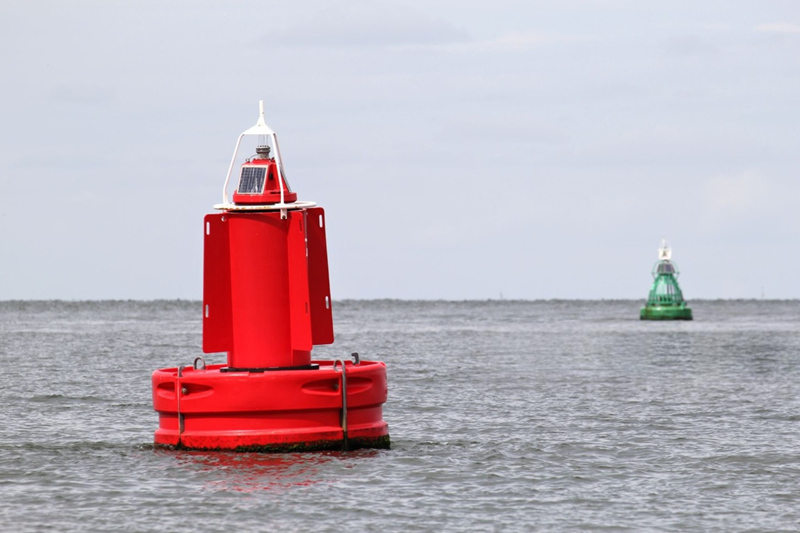
2) Beacons and Lighted Towers
- Fixed structures installed near coasts or in shallow waters
- Provide constant visual guidance, day or night
- May include solar-powered lights, radar reflectors, or AIS transmitters
- Commonly used in breakwaters, channels, and reef areas
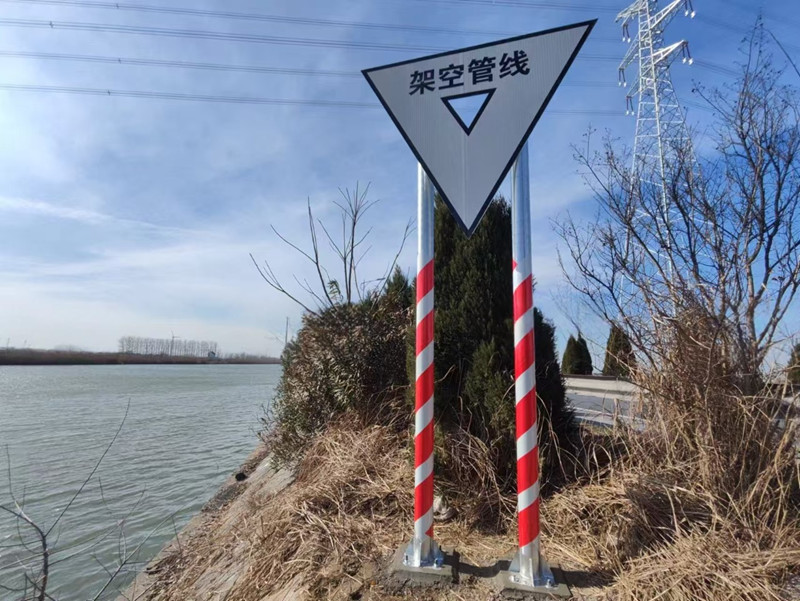
3) Lighthouses
- Iconic and historic structures, now often automated
- Provide long-range visual aid using rotating or flashing lights
- Still essential in remote or high-traffic maritime areas
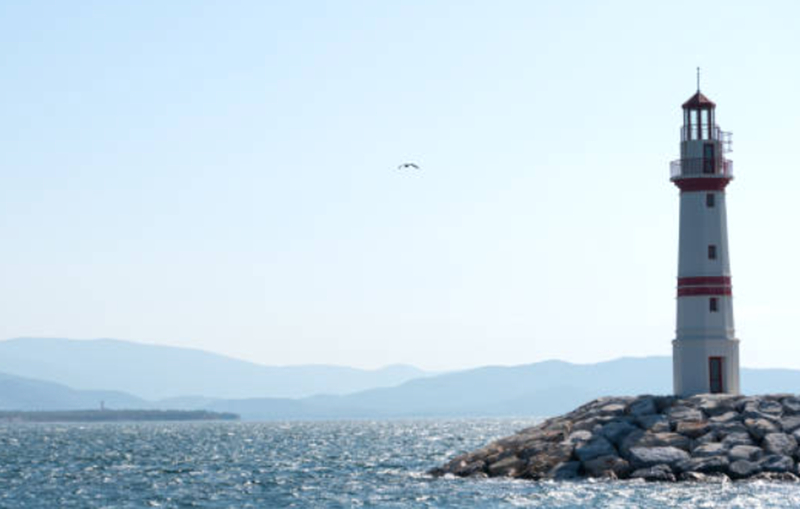
4) Radar Reflectors & AIS Aids
- Enhance visibility on ships’ radar systems
- AIS (Automatic Identification System) Aids to Navigation can broadcast digital signals
- Improve safety in poor visibility or high-traffic zones
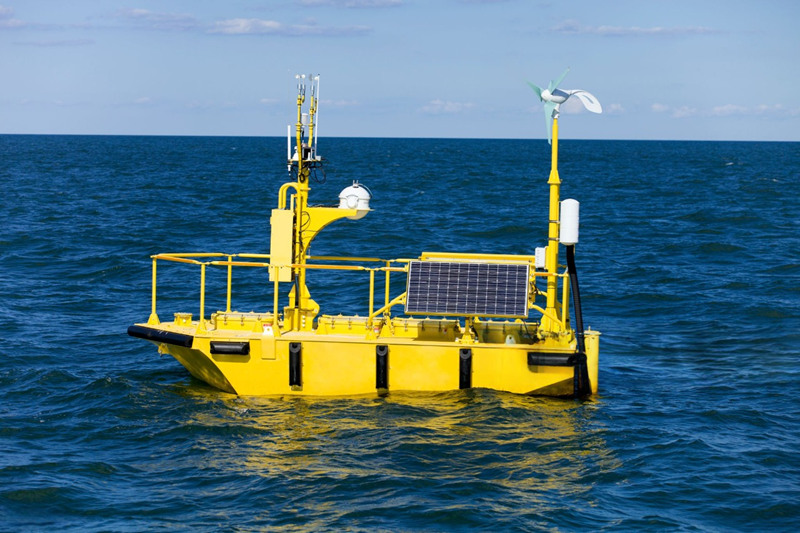
5) Acoustic & Electronic Aids
- Sonar-based aids, sound signals, or electronic markers
- Typically used in military, scientific, or deep-sea applications
Why Are Marine Navigation Aids Important?
- Prevent collisions and grounding
- Mark underwater hazards (reefs, wrecks)
- Define traffic separation zones and anchorage areas
- Support night-time and poor visibility navigation
- Essential for port operations, marine construction, and offshore energy projects
Navigation Aids in Harsh Environments (e.g., Middle East)
Materials matter in regions like the Middle East, where temperatures are high and salinity is extreme.
- UV-resistant polyethylene buoys perform well in hot climates
- Solar-powered lights reduce maintenance costs
- Corrosion-resistant coatings** extend product life in high-salinity waters
Our Solutions for Nautical Navigation Projects
We provide complete solutions for marine navigation systems, including:
- Custom-designed navigation buoys (PE & steel)
- Solar-powered LED lights and lanterns
- AIS & radar reflector integration
- Fixed navigation towers and beacons
- Installation guidance and maintenance services
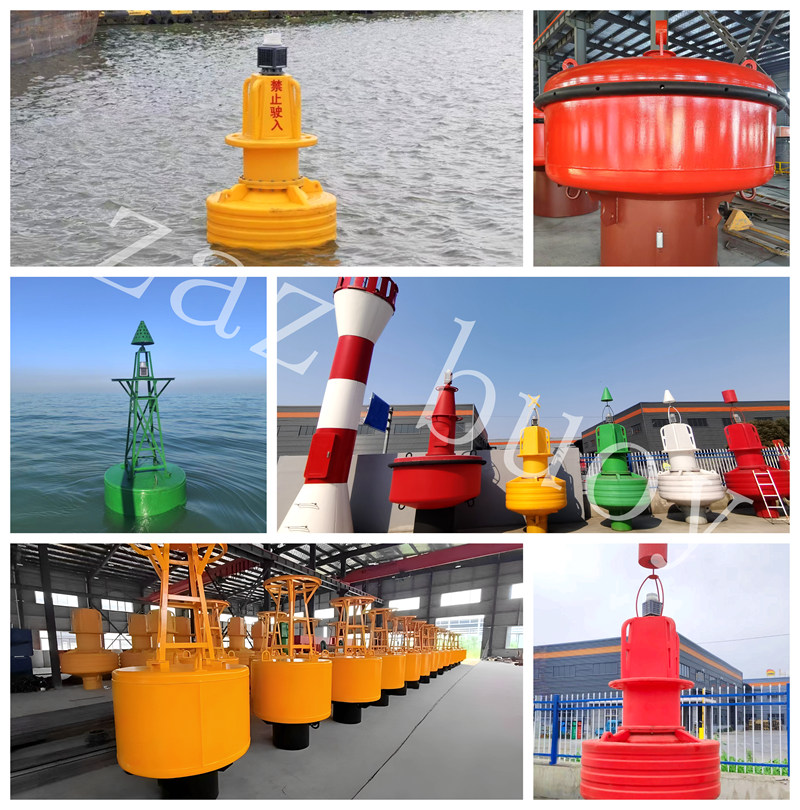
Whether it's a commercial port, a coastal protection project, or an offshore wind farm, our products meet IALA standards and are built for long-term performance.
Make Navigation Safe and Reliable
Reliable nautical navigation aids are the backbone of safe marine operations. If you are planning a project or managing a waterway, selecting the right navigation aids can prevent accidents, reduce maintenance costs, and enhance operational efficiency.
Contact us today for expert advice, custom solutions, and product catalogs tailored to your marine navigation needs.